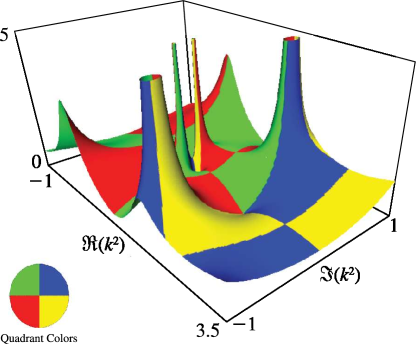imaginary part
(0.004 seconds)
21—30 of 188 matching pages
21: 22.3 Graphics
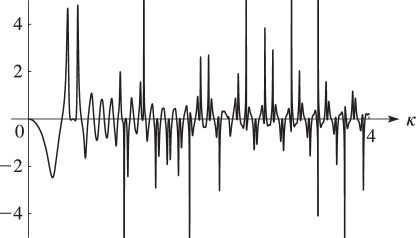 ►
►
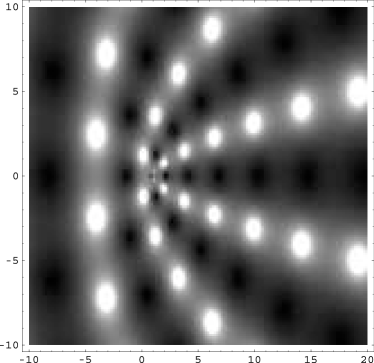 ►
►
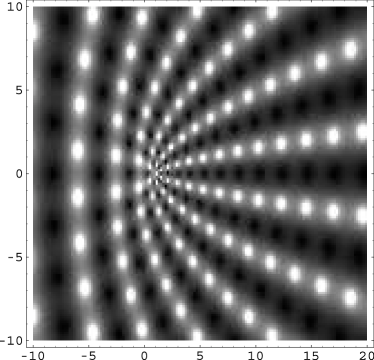 ►
►
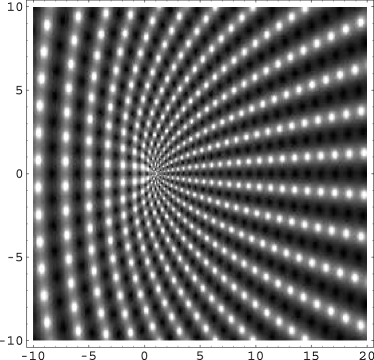 ►
►
22: 4.45 Methods of Computation
23: 5.7 Series Expansions
24: 23.22 Methods of Computation
In the general case, given by , we compute the roots , , , say, of the cubic equation ; see §1.11(iii). These roots are necessarily distinct and represent , , in some order.
If and are real, and the discriminant is positive, that is , then , , can be identified via (23.5.1), and , obtained from (23.6.16).
If , or and are not both real, then we label , , so that the triangle with vertices , , is positively oriented and is its longest side (chosen arbitrarily if there is more than one). In particular, if , , are collinear, then we label them so that is on the line segment . In consequence, , satisfy (with strict inequality unless , , are collinear); also , .
Finally, on taking the principal square roots of and we obtain values for and that lie in the 1st and 4th quadrants, respectively, and , are given by
where denotes the arithmetic-geometric mean (see §§19.8(i) and 22.20(ii)). This process yields 2 possible pairs (, ), corresponding to the 2 possible choices of the square root.
25: 21.2 Definitions
26: 20.5 Infinite Products and Related Results
27: 23.5 Special Lattices
28: 4.3 Graphics
29: 23.16 Graphics
 ►
►
30: 9.18 Tables
Woodward and Woodward (1946) tabulates the real and imaginary parts of , , , for , . Precision is 4D.
Harvard University (1945) tabulates the real and imaginary parts of , , , for , , , with interval 0.1 in and . Precision is 8D. Here , .
Corless et al. (1992) gives the real and imaginary parts of for ; 14S.
Nosova and Tumarkin (1965) tabulates , , , for ; 7D. Also included are the real and imaginary parts of and , where and ; 6-7D.
